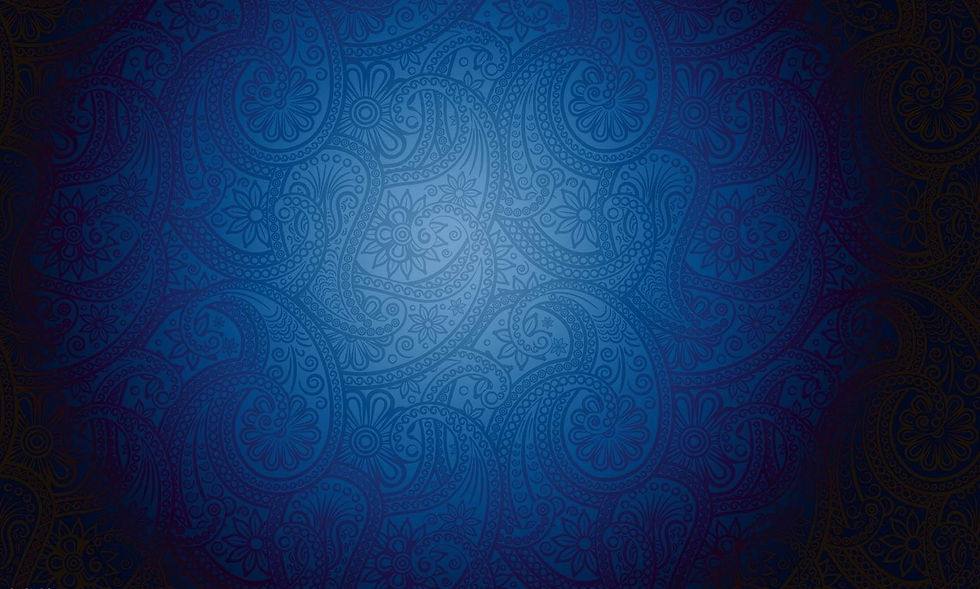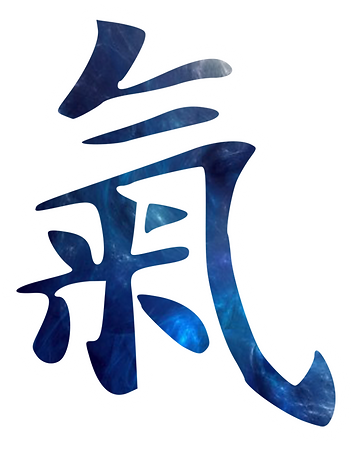

The "Authenticity" of Mulan: Myth of the Quintessential Oriental Culture

Parasol – Chinese
Also called "oil-paper umbrellas," parasols originated in China, but eventually spread to other parts of Asia. Besides providing shade, they are typically used as traditionally wedding items; different colors hold different symbolic meanings.
Oshiroi Makeup– Japanese
A powder foundation typically applied to the face and neck. It is primarily used by Japanese kabuki actors and geisha. The word oshiroi literally means "white powder."
Chinese facial makeup differs by focusing on the application of rouge to the lips and cheeks, as well as painting flowers on the forehead.
Hairpin – Chinese
Hairpins are an essential part of Chinese culture and are worn by men and women alike. While they are mainly used for securing and decorating hair buns, they may also signify social status when worn by women.
%20Matchmaker.png)
Kimono – Japanese
A traditional Oriental garb that is the national dress of Japan. It is a T-shaped garb that is front-wrapped with square sleeves and a rectangular body. The kimono is typically worn with the left side wrapped over the right, unless the wearer is deceased.
Shawl – Persian
The modern-day shawl is a multifaceted Indian item of clothing; it can be worn over the shoulders, the upper body and arms, and also over the head. The word "shawl" was first introduced as a cashmere craft in Kashmir, Persia during the 14th century.
One of the most lucid criticisms Hum takes up with Mulan (1998) is how Mulan's apparel doesn't actually represent traditional Chinese wear, but rather an amalgamation of Asiatic cultures. This cross-culturing of apparel is most apparent in the dress Mulan wears to the matchmaker early in the film. As Hum notes, Mulan dons a Japanese kimono and clogs, wears facial makeup reminiscent of the oshiroi worn by geisha, and sports Korean-styled hair (118). This patching of cultural wear is immediately problematized by Western viewers who assume a stance of Cartesian perspectivalism, which is particularly emphasized by the flat mirror—multiple Asian cultures (Japanese, Korean, Persian, etc.) are subsumed into the Chinese identity through this visual alone, reinforcing the myth of a single Oriental culture that all Asian peoples could be catalogued under. Fortunately, Mulan (2020) does not fall into the trap of its predecessor in the matchmaker scene; Mulan's dress in this adaptation is one of the few things the production team got right. While Mulan retains her kimono in the live-action remake, she loses most of the oshiroi makeup that her animated counterpart had (and now has more culturally accurate makeup akin to feudal China) and has dropped the Persian shawl all together.

The Matchmaker Dress
Mulan (2020)
How "authentic" is this representation of Mulan?

The Inauthentic in Mulan (2020): The Handling of "Qi"
Qi [ch'i]

While the remaking of the matchmaker scene in Mulan (2020) is "the good", the mishandling of qi—a concept new to the remake—would most certainly be considered "the bad." Qi [ch'i] (氣) literally translates to "air" or "breath" and figuratively translates to "life force" or "energy flow." In Chinese culture, qi is perceived as an entanglement of natural energy between mind, body, and environment which coalesce and function together as part of a greater whole. Furthermore, the concept of qi underlies many facets of Chinese culture like traditional medicine and martial arts. However, because Mulan (2020) was envisioned by Western producers, the ethereal "qi" becomes a romanticized power that adheres to the scopic social tenets of Cartesian perspectivalism. In essence, qi is turned into an inauthentic mystical construct that becomes synonymous with the idea of harnessing "superpowers," as a young Mulan demonstrates in the following scene:
This opening scene where Mulan chases a chicken around the residence in an attempt to herd it back into its pen epitomizes the Western misconceptualization of qi. After landing herself in a rather precarious situation, Mulan is forced to use her "qi" in order to adeptly navigate herself out of it. While "qi" seems like an interesting concept that would engage the Chinese box office (if used correctly), its depiction in this remake ultimately comes across as superficial. Perhaps more egregiously, this blatant misuse of qi undermines everything that empowered Mulan in the animated classic. In this adaptation, Mulan doesn't achieve success through hard work or motivation; rather, she simply taps into her "qi" whenever the need arises to overcome whatever obstacle she is facing. In fact, nothing in the entire movie—not even antagonists Böri Khan and Xian Lang—present a particular challenge for her as she walks on walls and kicks flying arrows. Audiences, then, are left with a relatively static protagonist with little to no character development. If scouring the Western book of inspirations concerning the idea of Mulan's qi, it's hard not to draw comparisons to a group of "superpowered" individuals Disney also owns, which leaves viewers to wonder if Disney wasn't trying to lean into the commercial success of the Marvel Cinematic Universe in the making of Mulan (2020). However, the fight choreography suggests that the producers of the live-action remake could have also drawn inspiration from foreign classics such as Bruce Lee's Enter the Dragon (1973) or Ang Lee's Crouching Tiger, Hidden Dragon (2000). Regardless of what the sources of inspiration were for Mulan (2020), the indecision about the type and tone of the fighting styles Caro and company sought to pursue suggested a half-baked effort that ultimately tramples on and erases a key cultural and racial marker for the Chinese people.